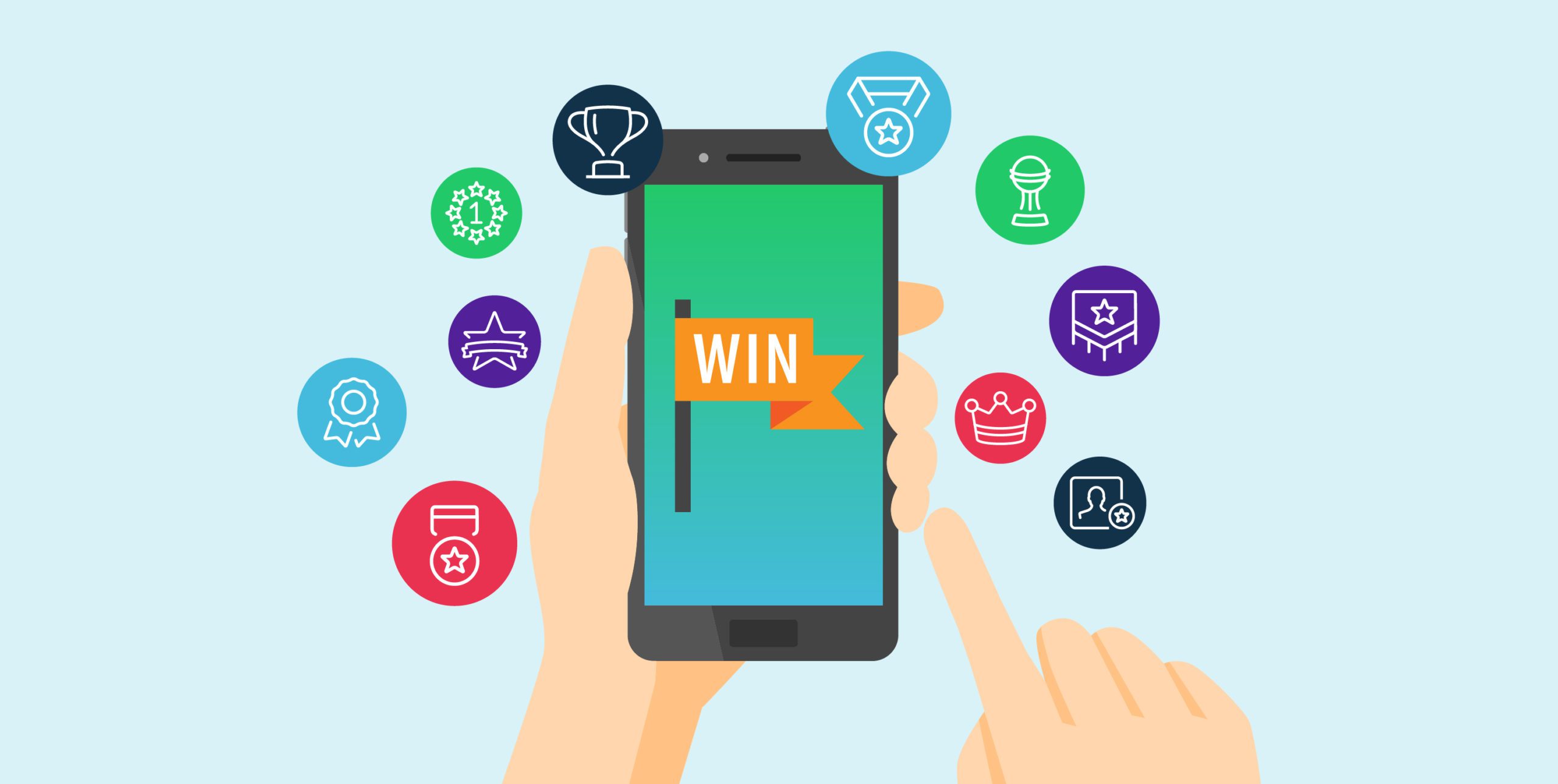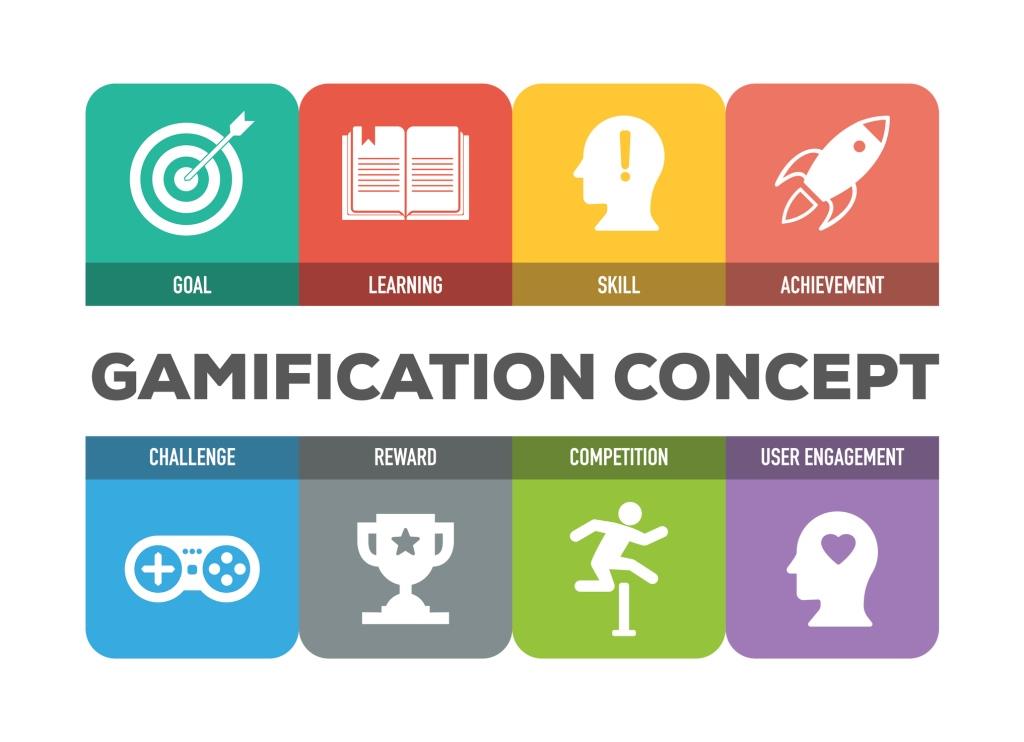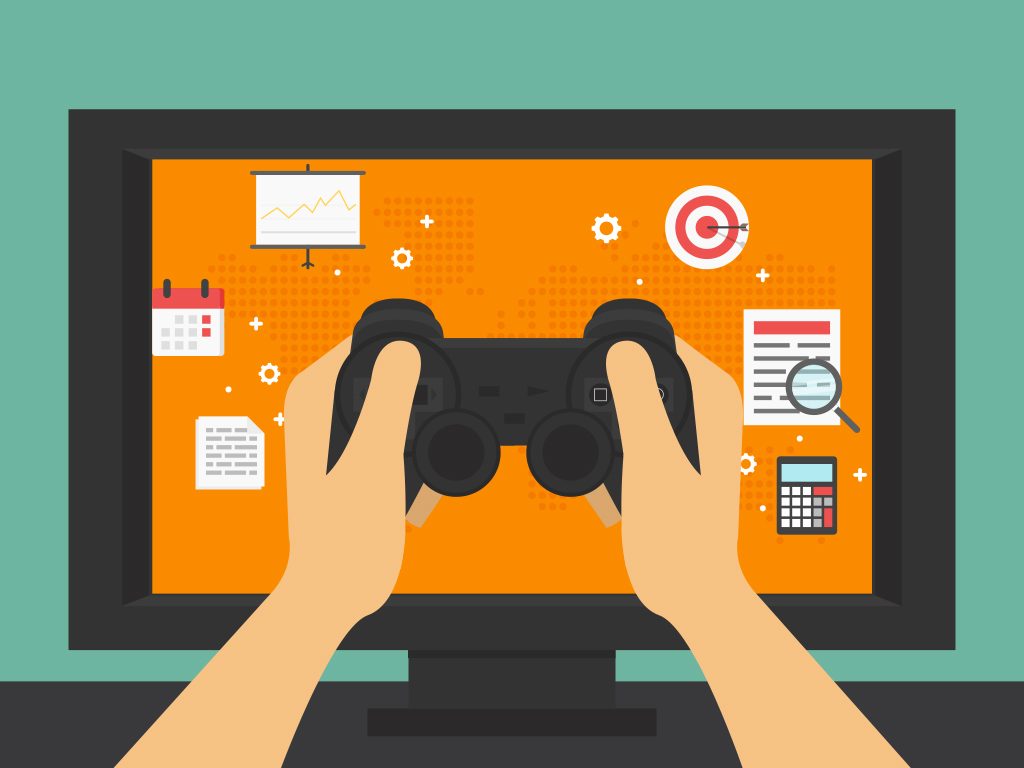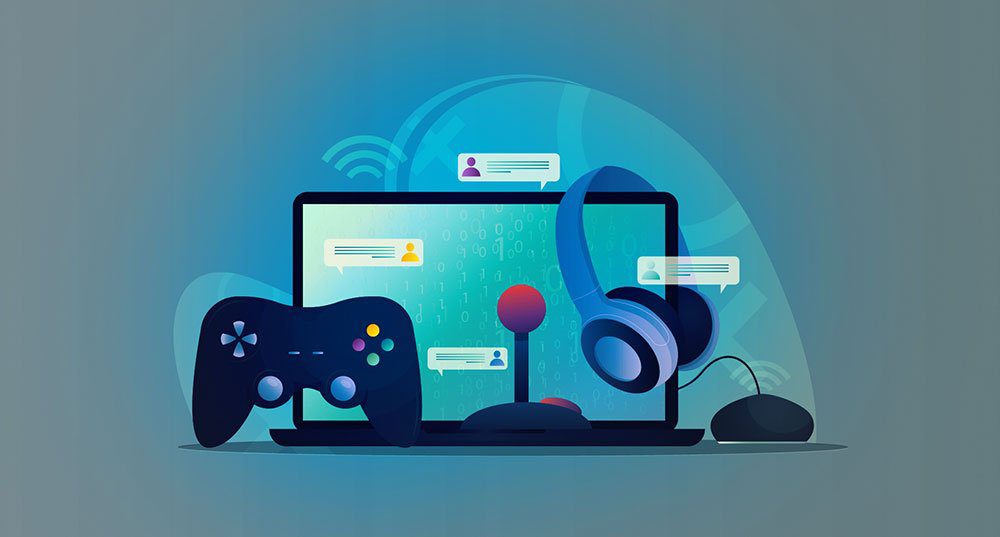Como hemos comentado en entregas anteriores, la gamificación consiste en la incorporación de mecánicas, elementos y principios existentes en juegos para ser usados en entornos no lúdicos, con la finalidad de fomentar una interacción más eficaz con entre los usuarios. Toma lo divertido de los juegos… y aplícalo a otras actividades del mundo real que quizá no sean tan divertidas.
¿Cuáles son los principales beneficios de la gamificación? ¿Existe un beneficio tangible que pueda justificar la inversión de personal y financiera para realizar la gamificación de una plataforma digital?
Beneficios clave de la gamificación
- Mayor compromiso
Hoy en día, cuando la televisión está encendida, los millennials siguen concentrados en sus teléfonos. Es seguro suponer que no están viendo la publicidad con demasiada atención cuando podrían estar jugando a Grand Theft Auto en su teléfono.
Los juegos atraen a los usuarios de una manera que el vídeo no puede. Esto es debido a su naturaleza interactiva. El tomar decisiones y accionar para abrirse paso a través de los niveles del mismo es algo que causa un impacto emocional en los participantes del mismo y los lleva a involucrarse de una manera mucho más dedicada. SI comparamos esto con la interacción ofrecida por un video, podemos darnos cuenta que no hay punto de comparación.
Cuando se trata de los empleados de una empresa o de los clientes potenciales de una empresa, la gamificación entretiene al público, y cuando la gente se divierte ven el contenido más como diversión que como una enseña o como algo que solo quieres venderles cualquier cosa. Esto genera una ráfaga emocional que genera un vínculo positivo con la marca y con el material con el que interactúan.
- Fomenta el aprendizaje.
Según la desarrolladora de juegos y autora Jane McGonigal, “A los 21 años, muchos varones habrán pasado más de 10.000 horas inmersos en juegos en línea”. También ha explorado la ciencia que hay detrás de “por qué los juegos son buenos para nosotros: por qué nos hacen más felices, más creativos, más resistentes y más capaces de liderar a otros en esfuerzos para cambiar el mundo”.
Los individuos, están diseñados para responder automáticamente de forma positivo cuando existen desafíos y recompensas, tal y como ocurre en los juegos. Cuando se aplica en módulos de aprendizajes, presenta un potencial demostrado de poder fomentar una mayor afectividad en el aprendizaje de las lecciones y genera una mayor sensación de logro, a la vez que fomenta la competencia y el trabajo en equipo, dependiendo de como se apliquen las misiones, logros y recompensas.
Los resultados, pueden reproducirse en el liar de trabajo, ya sea para formar nuevos empleados o para ofrecer mejora continua a los empleados existentes. Con la gamificación, puedes ayudarles a conectar con el material, pueden retener más conocimientos y desarrollar un sentimiento de logro al conseguir dominar el currículo, ideas y habilidades.
- Provee un feedback instantáneo.
Un aspecto clave de la dinámica del juego es ofrecer un feedback instantáneo. Cuando las personas tienden a saber cómo están progresando con una actividad, se preocuparán más por el resultado. De igual manera se esforzarán por hacer las cosas de mejor manera. En un intento de recibir un feedback positivo al final de cada reto/petición/misión. Esto fomenta, una vez más, un mayor compromiso y una mayor retención y recuerdo.
- Fomenta el cambio de comportamiento:
Como demuestran los puntos anteriores, la gamificación tiene la capacidad de cambiar los patrones de comportamiento, al menos mientras alguien se comunica activamente con la mecánica del juego. Al aprovechar esta capacidad de influir en el comportamiento, la gamificación puede utilizarse para promover un mejor aprendizaje, una mayor concentración y unos resultados más positivos, basados en las personas. Cualquier cosa, desde un estudiante más atento hasta un empleado más productivo, puede ser el resultado de una aplicación eficazmente gamificada.
Ejemplos de la gamificación en acción.
Existen diferentes ejemplos que ejemplifica la gamificación en acción:
Tinycards de Duolingo: Tinycards toma el viejo concepto de aprendizaje a través de tarjetas y lo hace interesante. Basta con elegir un tema y la aplicación iniciará un proceso de aprendizaje con tarjetas.
Memrise: Memrise es una aplicación de idiomas gamificada con una gran cantidad de elementos derivados de los juegos, y es conocida por su interfaz divertida y fácil de usar. Los usuarios toman la forma de astronautas que viajan al espacio exterior para aprender un nuevo idioma. Aprenden, avanzan en los niveles y, mientras lo hacen, están acompañados por una mascota alienígena de evolución similar.
SoloLearn: SoLoLearn utiliza la gamificación para enseñar código. Contiene desafíos para los jugadores, un Code Playground para que los jugadores muestren su código y reciban comentarios, así como una tabla de clasificación que celebra a los mejores codificadores. Puedes crear tu propio código y aplicaciones, presentarlo en el Playground, y hacer que los demás en la aplicación lo voten, lo usen y den su opinión al instante.
Goama: Goama gamifica otras aplicaciones para aumentar la adquisición y retención de usuarios, el compromiso y abrir aún más fuentes de ingresos. Hacemos algo más que insignias, tablas de clasificación y puntos cuando gamificamos la aplicación, realmente convertimos tu aplicación en un lugar donde los usuarios pueden disfrutar de juegos y ganar recompensas reales. Puede obtener más información sobre cómo gamificamos las aplicaciones aquí.
Como puedes ver en estos ejemplos, todos los beneficios ofecidos por la gamificación son imposibles de ser ignorados. Si le das a los usuarios una razón para estar interesados en una aplicación o en un sitio web, volverán una y otra vez. Los efectos en el la química del cerebro son inmesurables hasta el punto de generar un cambio en los patrones de conducta de las personas de manera positiva.
Por todo lo que hemos podido ver, los beneficios de la gamificación son valiosos y constituyen una inversión sólida a futuro para cualquier organización interesada en mejorar su desempeño y optimizar sus operaciones. Y lo mejor de todo, es que esto permitirá mantener los espacios de atención de los empleados… por donde lo veas, la gamificación solo trae buenas noticias.
¿Quiere saber más sobre la gamificación y cómo podemos gamificar su aplicación? Póngase en contacto con nosotros aquí.












